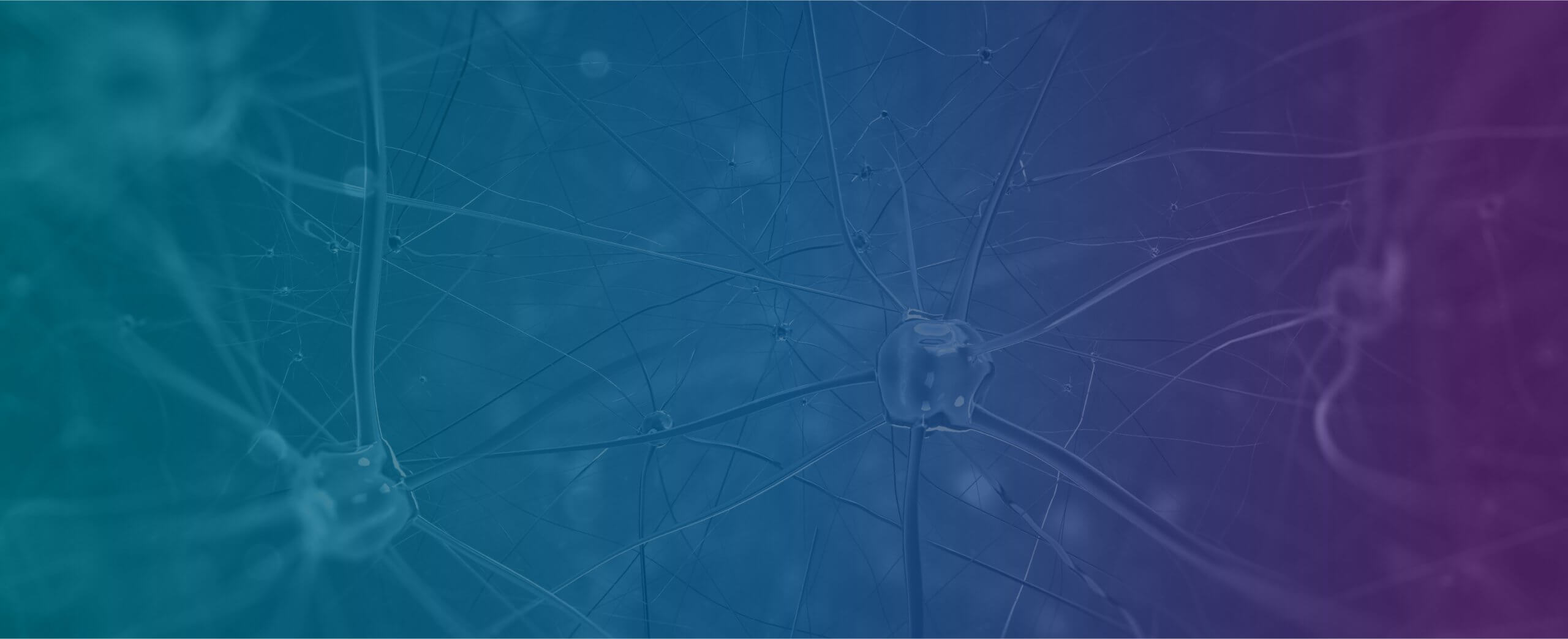Panic Disorder is an intensely distressing condition for the client. If you haven’t experienced it for yourself you’ll have a hard time understanding just how frightening it can be. Panic attacks may occur a few times in a lifetime of a sufferer or many times a week.
In our experience learning to assess for, and then treat, “panic attack anxiety” (fear of anxiety sensations) is an absolutely critical skill for anyone working with anxiety and stress.
Panic Attacks & Panic Disorder
Typically presenting with symptoms such as blurred vision, racing heart, an inability to “catch the breath”, dizziness, a feeling of being unable to control oneself, it is quite different from the everyday use of the word ‘panic', and generates a very real sense of danger.
The focus on ‘avoiding danger and being safe’ can grow to a sense that one must not venture far from ‘safety' and so there is often associated agoraphobia. This can persist even after successful treatment of the panic disorder itself.
Prior to the cognitive-behavioural model that was developed, panic disorder was considered very difficult to treat. However it is one area of mental health where there has been great advancement and treatments have gone from “zero to hero” – with the latest treatment model enabling therapists to treat panic with a good degree of success. Notably treating panic disorder without agoraphobia is associated with very good outcome rates and is deemed one of the most successful treatments that has been developed.
However, people who have panic attacks but don’t have an anxiety disorder are at risk of developing mental health problems further down the line. Effective early intervention can therefore be very helpful and is surprisingly effective.
Panic attacks and panic disorder are surprisingly common. The 12 month prevalence for panic attacks is about 2.7% and the life time prevalence about 22%. Moreover in social phobia panic attacks or full blown panic disorder is present in 33% of cases or more.
What this course will do for you
The training covers a wide range of CBT topics from introductory through to advanced. The combination of lecture, case studies (video/audio analysis) and role play significantly develops skills and knowledge of CBT techniques and provides an effective and cost efficient investment in your professional development.
Learning objectives
- A description of panic disorder and a deeper understanding of the word that people commonly use to refer to a ‘sudden intense anxiety’ or ‘fear of having a heart attack' (in spite of having no physical condition).
- The DSM V description of panic, and other phobias associated with panic (i.e. agoraphobia).
- Assessment and conceptualisation: the vicious circle (working model) of panic attacks highlighting factors that maintain panic such as catastrophizing or the misinterpretation of ‘internal’ symptoms.
- You will be able to understand the assessment and the main working models (or vicious cycles) of panic attacks. Understanding the factors that maintain panic is most important: misinterpretation of situations; catastrophizing, paying too much attention to physical sensations; the misinterpretation of normal ‘internal symptoms'; an avoidance of situations that are likely to lead to panic; safety-seeking behaviours, etc.
- You will be able to understand the assessment and conceptualisation of other anxiety disorders that may or may not accompany panic attacks (like agoraphobia).
- You will understand the self-report measures commonly used with anxiety disorders.
- The treatment of panic: socialising people to the CBT model, psychological education, modifying fearful cognitions, tackling the perceived inability to breathe and the apparently paradoxical role of ‘deep breathing'. Changing fear inducing behaviour: The use of graded exposure, and the development thereof of the three exposure options.
- You will understand the nature of the cognitive distortions in panic disorder and therefore be able to creatively target the ‘panic disorder thinking’ with a variety of techniques and methods.
- You will understand how to integrate different skills used in the treatment of panic and other anxiety disorders. The use of other more recent CBT approaches also know as ‘third-wave therapies' such as mindfulness and acceptance, imagery, and relaxation.
We've arranged for Daniel to offer a series of workshops which build upon the basic knowledge of CBT that is acquired during our Diploma training course.
Book now!
We are running the Panic Disorder Workshop in 2 formats:

Workshop via Webcast: £99
Take the workshop live with Daniel Mirea via Zoom
Next workshop date: To be confirmed

Online Workshop: £75
Take the workshop as a pre-recorded online course
Train in your own time, at your own pace
Equivalent content and materials to the webcast
12 months access to the workshop

